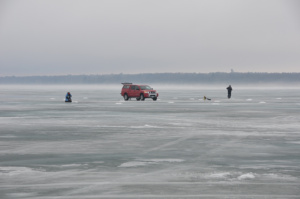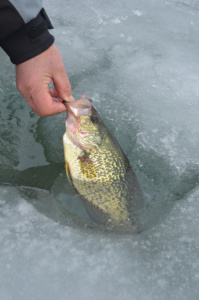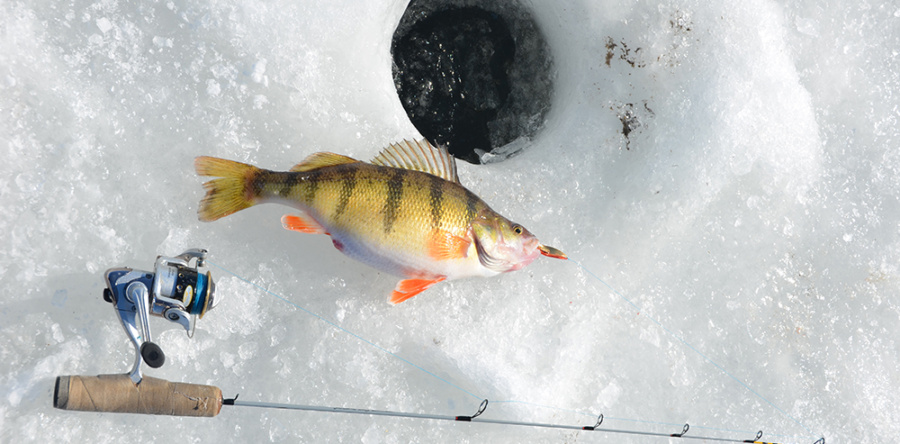Unseasonably cold weather and a tough bite has generated some crabby attitudes among some Minnesota ice anglers. We can still catch fish, but there’s less room for error under these conditions. Here’s how I tackle a tough February bite.
First, I can’t overstate the importance of managing odors while we’re fishing. Rough fish and game fish alike sense odors in a way that we humans, with our relatively poor ability to smell, can’t begin to understand. Use this knowledge to your advantage by providing scents that fish associate with natural prey while managing the unnatural odors that repel fish. Anything remotely unnatural to our better judgment and remedial senses – like gasoline, tobacco, exhaust fumes, even highly processed food – will alert and/or discourage fish from approaching our bait and lures. Fish have a keen sense of smell, and they won’t take (or hold) your bait if it doesn’t pass the smell test. I use one pair of gloves for preparing to fish in winter and one pair for my actual fishing.

Taking the sound factor into consideration, map out and drill your ice holes in one clean, efficient round.
Sights and sounds stimulate the most important senses in almost all creatures: vision and hearing. Tempting walleyes and other gamefish with strong or sometimes subtle auditory or visual stimuli will prompt bites, even with neutral or negative fish. Once they recognize the stimuli, in my experience, increasing the pulse or action will arouse even more interest in the species you’re pursuing.

Tests and high-speed photography work with crappies has shown they can taste, recognize, and reject unsatisfactory bait or lures in less than half a second.
Remember that sound travels faster underwater than through air, and it travels even faster in the denser, colder water of winter. Work that in your favor with rattle and vibrating lures, but prevent it from becoming a negative factor by keeping noise to a minimum above the ice. Expect the ice and water to amplify even small sounds underwater, so avoid slamming skimmers on the ice, and map out and drill your ice holes in one clean, efficient round.
Sight, sound and scent all lead to the final test for a fish considering your offering: taste. If the end of your line feels wrong or delivers an unfavorable taste, sportfish will blow out or otherwise expel lures in fractions of a second. Tests and high-speed photography work with crappies has shown they can taste, recognize, and reject unsatisfactory bait or lures in less than half a second. If you’re using plastics or other artificials, be prepared for fast hooksets.
Now, no excuses – get out there and catch some fish: Inland waters walleye fishing in Minnesota ends Feb. 25.






